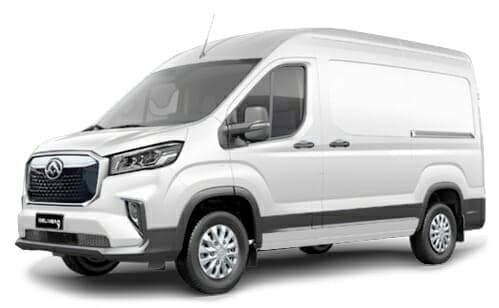LDV eDeliver 9

Price Range
$69,990
Range (WLTP)
236 km
Battery Size
72 kWh
Variants
These specs are for the "Big" variant - short wheelbase and larger 72 kWh battery. The larger 88.5 kWh battery (available in the long "Bigger" wheelbase lifts the range to 296 km).
Performance
0-100 km/h
18.4 sTotal Power
150 kWTorque
310 NmTop Speed
100 km/hDrive
FWDRange & Efficiency
WLTP Range
236 kmWLTP Consumption
324 Wh/kmHighway Range
184 kmYour Real Range
Calculate Battery & Charging
Battery (nominal)
72 kWhBattery (usable)
68.9 kWhBattery type
LFPAC Charging
7.2 kWDC Charging
50 kWVehicle-to-Load (V2L)
NoDimensions & Weight
Length
5546 mmWidth
2062 mmHeight
2555 mmGround Clearance
—Weight
2640 kgShape
VanSeats
3Storage & Towing
Boot Space
—Boot Space (Max)
9690 LFrunk
—Towing (Braked)
1500 kgTowing (Unbraked)
750 kgHow many LDV eDeliver 9 have been sold in NZ?
There have been 238 registered to date (all NZ new).
LDV eDeliver 9 registrations
Monthly units (includes new and used import)
